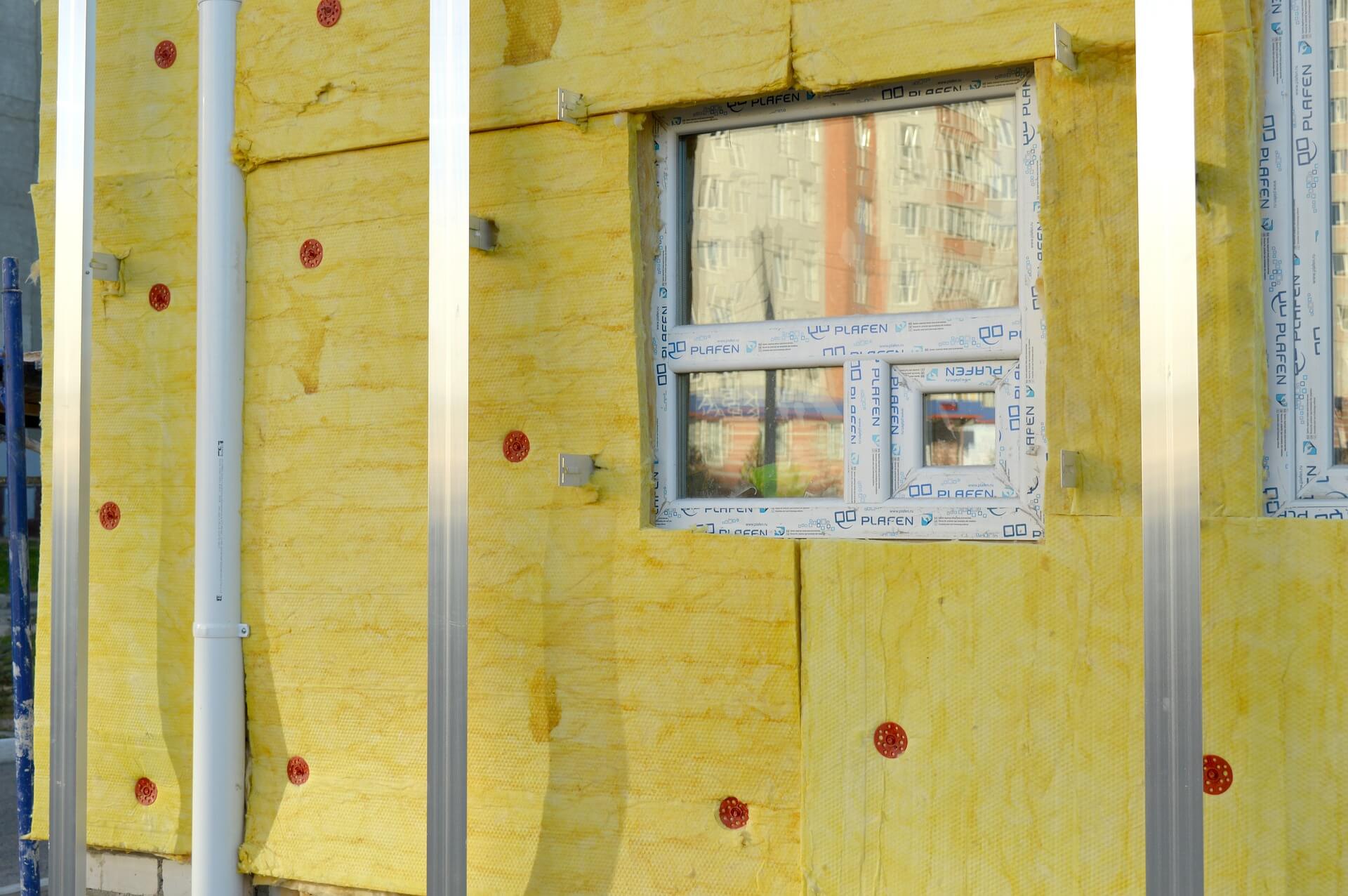Air tightness is an important element of building regulations in the UK. Testing air tightness in new properties, as per Part L of UK Building Regulations can make a big difference to the energy efficiency of properties as well as how comfortable and well-heated they are for occupants. Better standards of air tightness will mean that there is less air leakage occurring, which in turn will make for a more robust building envelope and better heat retention and energy efficiency.
We all want to save money and do our bit for the environment, and making sure that your property is airtight is one of the best and most efficient ways you can do just that. Here is everything you need to know about air tightness and why it is so important.
What Does Air Tightness Mean?
Air tightness refers to how much or little uncontrolled air flow occurs into your property from outside, i.e., how much air infiltration there is, permeating the building envelope. This can be heavily affected by air leakage and unwanted drafts and is bad news for your heating bills and the environment. Air leakage from your property will allow cold air in from the outside and allow the heated air in the property to rise up to the cold and often unused roof space, where it is lost. Air leaks and drafts can cause up to 30% of buildings’ heat to be lost, making them more expensive to heat and very environmentally wasteful.
Why Does Air Tightness Matter?
Having an airtight property means you will be doing your part for the environment, by reducing your carbon footprint and preventing the need for more CO2 emissions. The more airtight your property is, the less energy you will need to keep it warm in the winter and cool in the summer. You will also be able to save yourself money on your heating bills every month and your building or home will be in adherence with building regulations.
Also, air infiltration and a porous building envelope mean that no matter how much you do try to heat your home, air will leak out and external air will seep in, infiltrating the property and affecting the ability to maintain a comfortable temperature.
Where Are Common Air Leaks Found?
Air leakage can occur just about anywhere in a property, but there are a few very common places to find a leak. Here are some of the most common spots you might want to check first.
- Window and door surrounds
- Loft hatch
- Ceiling roses and downlighters, especially in ceilings adjacent to the roof void
- Edges of suspended floors
- Gaps in the air barrier with the roof area
- Joins in partitions, particularly with external walls and ceilings
- Electric and plumbing entry and exit points especially in kitchens
The aim of spotting air leaks in your home is to have an airtight yet well-ventilated space.
It is not healthy or feasible to make your home completely airtight, as air needs a way to escape. At the same time, you do not want great gaping holes in walls making your home impossible to heat. Air needs to be able to escape in an efficient manner.
How Do I Know If I Have Air Leakage?
You can opt to have an air tightness test performed on your property, which will involve a team of experts visiting your home with testing equipment. This is the most effective way in which to test the air tightness of your property. The experts at JosTec will be able to assess how efficient your home is at keeping cold air out and recommend adjustments to make.



